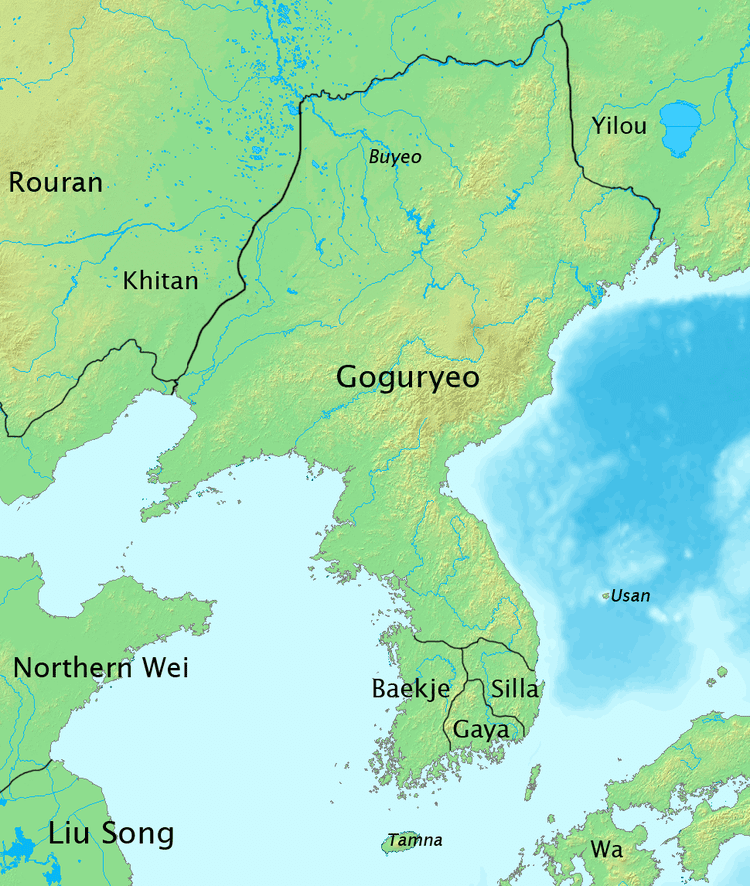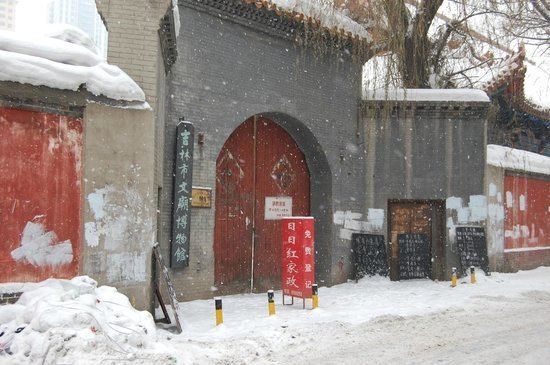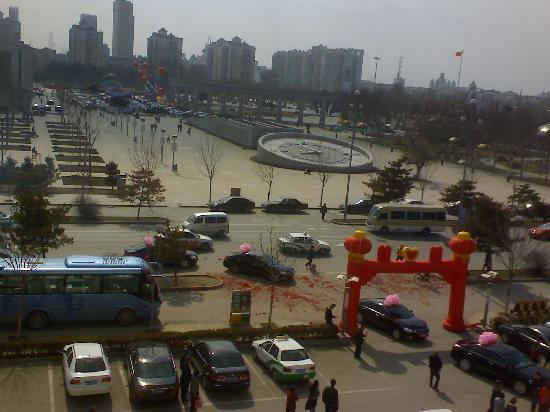Country Peoples Republic of China Province Jilin Population 492,841 (2000) University Jilin Normal University Area 14,323 km2 | Mayor Shi Guoxiang (???) | |
Siping (Chinese: ; pinyin: ), formerly Ssupingkai (Chinese: ; pinyin: ), is a prefecture-level city in the west of Jilin province, Peoples Republic of China. Located in the southwestern part of the province, in the middle of the Songliao Plain and at the intersection of Jilin, Liaoning and Inner Mongolia, Siping covers an area of 14,323 km2 (5,530 sq mi). At the 2010 census, Siping has a total population of 3,386,325 while the urban population is 613,837.
Contents
- Map of Siping Jilin
- Hand siping a mud tire with an ideal tire groover for better snow wheeling performance
- China siping shao lin martial arts academy 1
- History
- Geography and climate
- Economy
- Siping city cuisine
- References
Map of Siping, Jilin
Hand siping a mud tire with an ideal tire groover for better snow wheeling performance
China siping shao lin martial arts academy 1
History

Sipings history can be stretched to 3000 years ago during Shang Dynasty. The Kingdom of Yan Ruins indicate that the Han Chinese People started moving into Northeast region of China during the Spring and Autumn Period. Ancient ethnic tribes such as the Fuyu, the Goguryeo, the Khitans, the Jurchen, the Mongols, the Manchus, and Koreans have left behind cultural artifacts, including Hanzhou, Xinzhou, and the Yehe Tribe Cultural Artifacts .

Yehe Town in Siping is also the hometown of two empresses of the Qing Dynasty, Empress Dowager Cixi and Empress Dowager Longyu.
However, Siping was a place of little importance until the completion of the railway between Changchun and the port of Dalian in 1902. With a rapidly growing population, Siping became a regional commercial center. After 1907, Sipings economy experienced steady growth under the administration of the South Manchuria Railway Company. The construction of a railway linked to Baicheng in northwestern Jilin Province was completed in 1923, while a railway running south to Tonghua and to Korean Peninsula was built in 1939. A new town was built after 1921, going by the name Ssupingkai. After 1932, under the Japanese invasion of Manchuria, some agriculture-based industry including brewing, oil pressing and flour milling grew up. In the latter part of World War II, the Japanese completed a project in the construction of a refinery for the production of synthetic petroleum from coal.
Siping was the site of several major battles during the Chinese Civil War between the Chinese Communist and Nationalist forces from 1945 to 1949. After the war, Siping was virtually destroyed.
Siping grew rapidly after the Communist government was established in 1949, being the third largest city in Jilin Province.
Geography and climate

Siping is located in the transition between plains and hilly terrain, with hills to the southeast and the Songliao Plain to the northwest. The city has a four-season, monsoon-influenced, humid continental climate (Koppen Dwa). Winters are long (lasting from November to March), cold, and windy, but dry, due to the influence of the Siberian anticyclone, with a January mean temperature of ?13.5 °C (7.7 °F). Spring and fall are somewhat short transitional periods, with some precipitation, but are usually dry and windy. Summers are hot and humid, with a prevailing southeasterly wind due to the East Asian monsoon; July averages 23.7 °C (74.7 °F). Snow is usually light during the winter, and annual rainfall is heavily concentrated from June to August. The annual mean temperature is 6.69 °C (44.0 °F). With monthly percent possible sunshine ranging from 46% in July to 71% in January and February, there are 2,684 hours of bright sunshine annually, with autumn and winter being especially sunny.
Economy
Siping has GDP of RMB 78.9 billion in 2010, representing a rise of 15.4% year on year. The citys GDP ranked fourth in Jilin Province. Agricultural products processing, electricity and thermal power, pharmaceutical, and chemicalss are the pillar industries. Private economy is also a major contributor of the industrial sector.
Siping (city) cuisine

As the capital of Qinghai province, Xining almost boasts all varieties of local flavors. Xinings cuisine is distinct from other varieties of Chinese cities using mainly food products native to the area. Food here is substantial, but quite inexpensive.
In Xining, some restaurants serve varieties of plateau flavor, such as Fenger Liji (a round lamb tenderloin), Danbai Chongcao Ji (a medicine cuisine made of chicken, Chinese caterpillar fungus and eggs), Jinyu Facai (pork wrapped in flagelliform nostoc and shaped as a goldfish) among others. These dishes are often cooked by the locals at home.
There are also many small restaurants offering noodles. Gan Ban is a very common noodle dish. Perhaps Mian Pian, which means "noodle leaves" is the most common noodle plate among the Qinghai people. On the streets, many Muslims sell spicy lamb brochettes. Due to the cold climate, residents of Xining are also fond of strong spirits—Xining has the reputation of being one of the heaviest regions of alcohol consumption in China.
